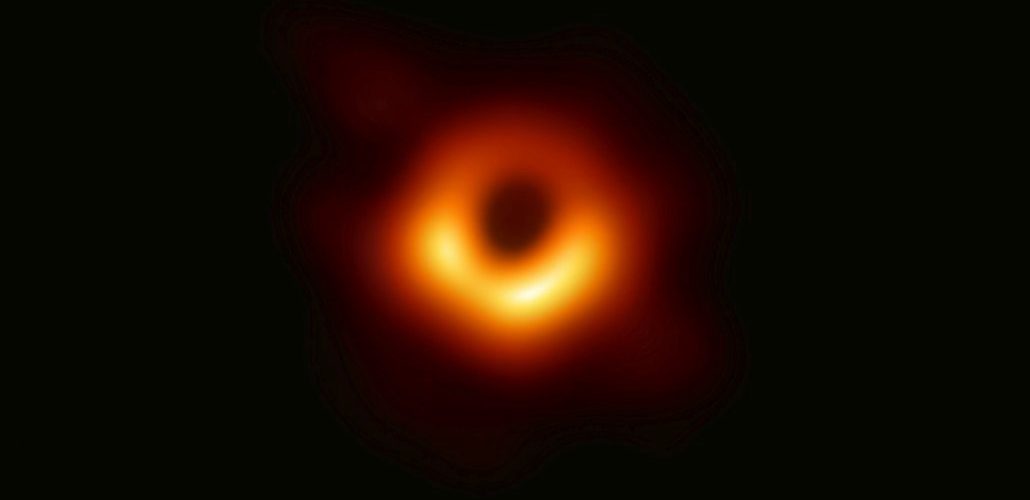Teamwork makes the dream work. In this case the team was made up of scientists from all over the globe trying to achieve a giant leap for mankind. That’s what happened on April 10 when researchers from the globe-wide Event Horizon Telescope collaboration debuted the first ever visual image of a black hole and its shadow hanging out in the universe.
Years of collaboration in the Event Horizon Telescope (EHT) helped bring a glimpse of the ethereal to life, displaying a stunning look at a piece of the galaxy that’s often been discussed, speculated about and imagined, but never fully realized. The EHT team has been diving into studies around Albert Einstein’s Theory of General Relativity for years, doing its best to study the most extreme objects predicted by the late scientist. And now, we’ve made contact.
“I think that doing basic research is an extremely basic human thing, just wanting to understand,” Dan Marrone, an associate professor at U of A and co-investigator for the project said. “There’s a lot of stuff going on out there and it gives me a small amount of hope that you can take people around the world and work together to know more about things. We’re training next gen engineers and scientists, so there are a lot of tangible benefits. We just want to know and understand.”
Marrone went to the southernmost region on the planet, where the project’s South Pole Telescope was stationed, along with graduate student Junhan Kim, to observe the images that were coming together. The researchers stayed in Antarctica for two weeks to observe the visuals coming through at the South Pole Telescope to make sure they could see the same wave of light as it landed on each telescope around the world.
For a total of two weeks of observation, the entire team of researchers clocked in 5,000 trillion bytes of data. After that, the data bytes were taken to supercomputers in Germany and Massachusetts to be distilled down to a usable volume. From there, members of the EHT team patched the images together to give us a glimpse into what hangs above us.
The image of the black hole is equal parts haunting, mysterious and beautiful. It resembles the fuzzy glow of a campfire if you’re standing back from it or an out-of-focus look at someone holding their hand around a flashlight. At the center is the black hole itself, a swallowing dimension into the unknown that comes in at 6.5 million times larger than our sun. If the earth were to be sucked into it, it would be like a seed dropping into a Big Gulp styrofoam cup.
Theories around black holes have been volleyed back and forth in science fiction for ages as researchers and theorists have tried to imagine how it looks. The idea behind a black hole—and there are tons more out there—is that they cannot be seen, which has aided in the stuff of dreams for those who look to the stars. Essentially, we’re seeing the unseeable.
The black hole captured by researchers is currently lingering out there in space about 55 million light-years away. But given its massive size, the EHT team was able to make something work visually. This kind of feat would not have been possible ten years or so ago, but advances in technology have helped to bring it to light, literally.
“Being able to record and update everything in one piece was something we couldn’t do before. The detector technology that we used at all the sites has moved a long way in the last 20 years,” Marrone said.
The EHT team, including those from U of A, used something called very-long-baseline interferometry, a system which syncs up telescopes from all over the globe and turns them into one giant telescope. Black holes defy every law of physics known to man, warping space and time around them, so even catching any kind of look of them was a work of magic. Due to the massive gravity of the black hole, light gets bent around it, creating a ring of fire glowing around it.
The U of A’s Modeling and Analysis Working Group was in charge of measuring the size of the black hole’s shadow and cross-referencing Einstein’s theories to the observations being made by the EHT telescopes around the world.
















Add comment